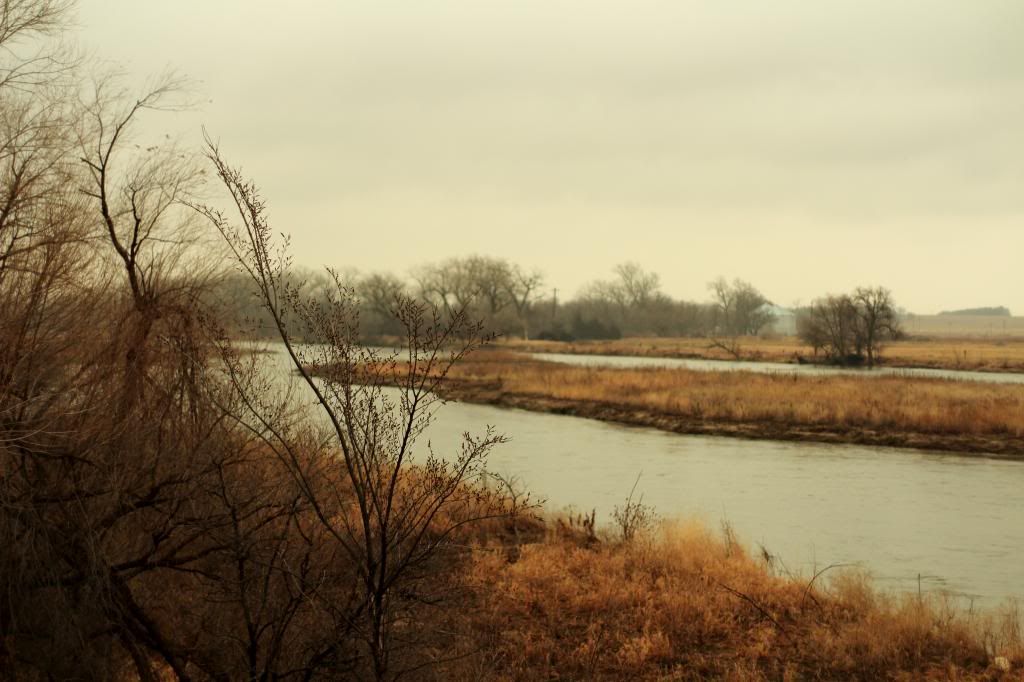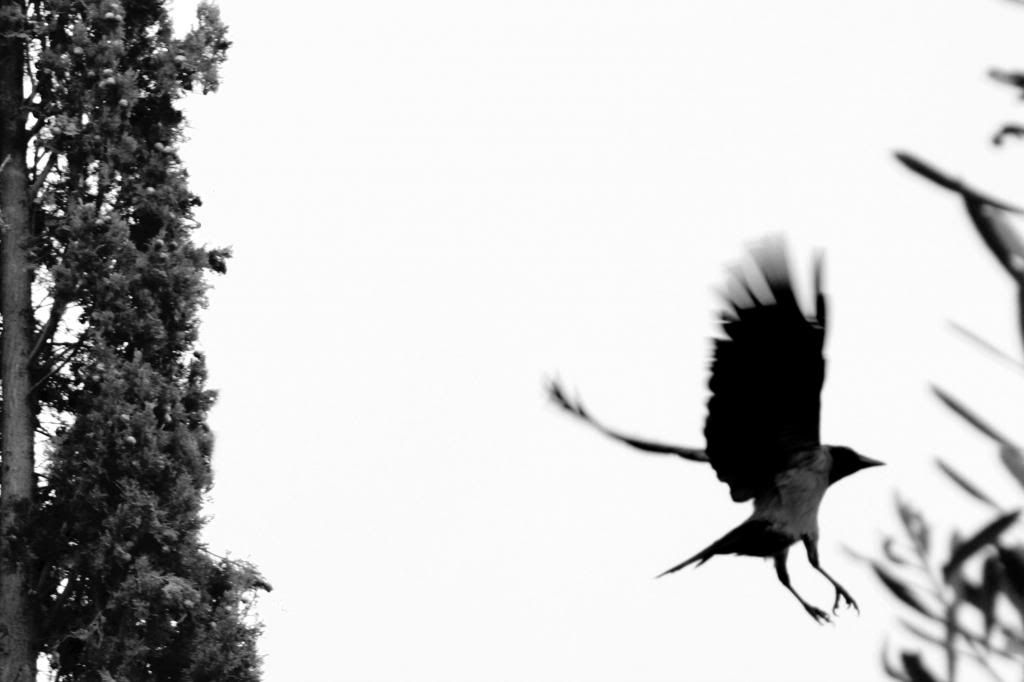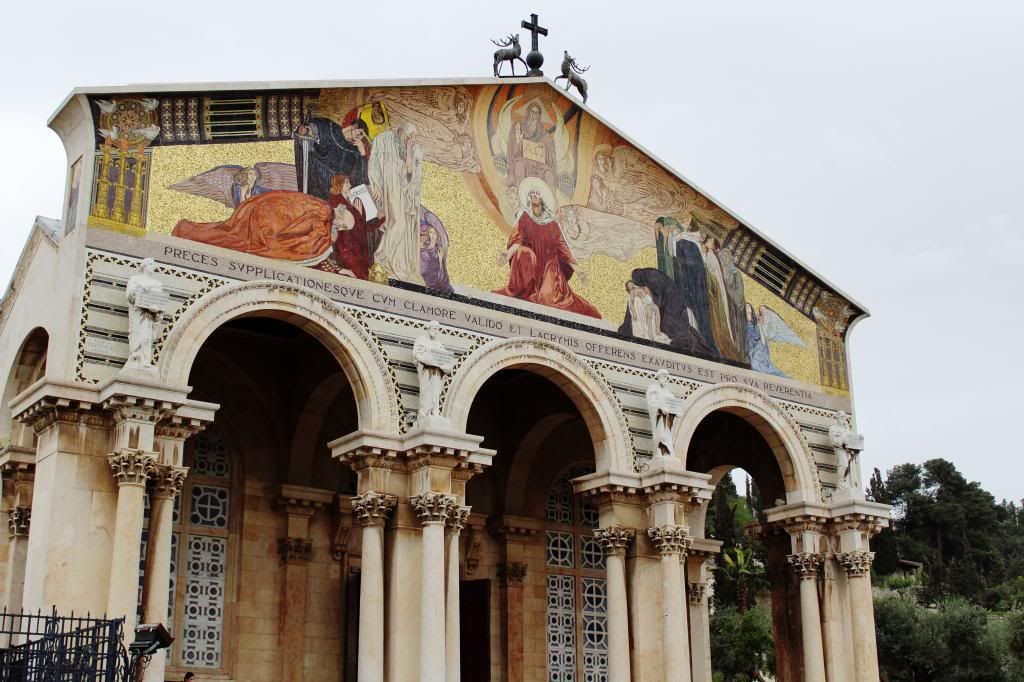This post, like my last
(I Was Too Critical and Not Critical Enough) are 1) prompted by my recent
reading in John P. Meier’s second volume
of his A Marginal Jew series, and 2) efforts to continually rethink my
thinking.
Today I was struck by his use of the phrase “doing theology by story (Meier 922).” [i] In context he is talking about the gospel stories of Jesus walking on the water and cursing the fig tree – stories that he believes go back fairly early in Christian history, but are probably not actual-factual-historical events. He believes them to be creations of the early Church as a way of “doing theology by story.”
And, honestly I have no real problem with this. It is the way that I have come to understand several parts of the bible – Noah, Jonah, etc… These stories, as we have them in our collection of scripture, are (to steal another of Meier’s frequently used phrases) not videotaped replays of historical events. They are theology embedded in a story.
But I must confess: I haven’t been fair in applying this. Way back in 2010 (That’s a long time in internet years…) I wrote about a story told concerning a U.S. Infantry brigade during World War I and Psalm 91.
As I was reading and
researching Psalm 91 … I began to find a story about the 91st psalm repeated
over and over on numerous websites, in the exact same words (or only slightly
varied) each time.
A story from World War
I tells about the 91st Infantry Brigade of the U.S. Expeditionary Army. When it
was preparing to enter combat in Europe, most of the men were "green
soldiers" who had never seen combat. Its commander, a devout Christian,
called an assembly of his men where he gave each a little card on which was
printed the 91st Psalm. They agreed to recite the Soldiers' Psalm daily.
The 91st Brigade was
engaged in three of the bloodiest battles of WW I: Chateau Thierry, Belle Wood,
and the Argonne. While other American units similarly engaged had up to 90%
casualties, the 91st Brigade did not suffer a single combat related casualty!
Because of this story
Psalm 91 is frequently described as the “soldier’s psalm” and as the “Ultimate
Shield,” and you can find Psalm 91 devotional booklets to be distributed to
soldiers to keep them safe.
Isn’t that story
amazing? Isn’t it just
unbelievable?
Exactly. It is unbelievable, because there was no 91st
Brigade in the U.S. Expeditionary Army.
Its commander wasn’t a devout Christian.
They didn’t recite the 91st Psalm every morning. They didn’t fight in three of the bloodiest
battles of World War One, and they didn’t avoid the massive casualties that
every unit on all sides of that horrible war suffered. The story is not true.
It’s these questions I’m asking myself now – how far is this “doing theology by story” allowed to go? What guides or limitations should be in place? Should the theology conform to, and confirm my understanding of other parts of the bible? Should the story confirm, and conform to what I have experienced? Should actual-factual-history be considered? If so, then how much? Does it matter that there was no world wide flood, that Jesus may not have walked across the surface of the Sea of Galilee, that there was no 91st Infantry Brigade reciting psalm 91….
I don’t know that I have complete and finalized answers to these questions today. I’m just rethinking my thinking…
[i] Meier,
John P. A Marginal Jew Vol. IIL Mentor, Message, and Miracles Doubleday,
Garden City, NY, 1994.





































.jpg)





